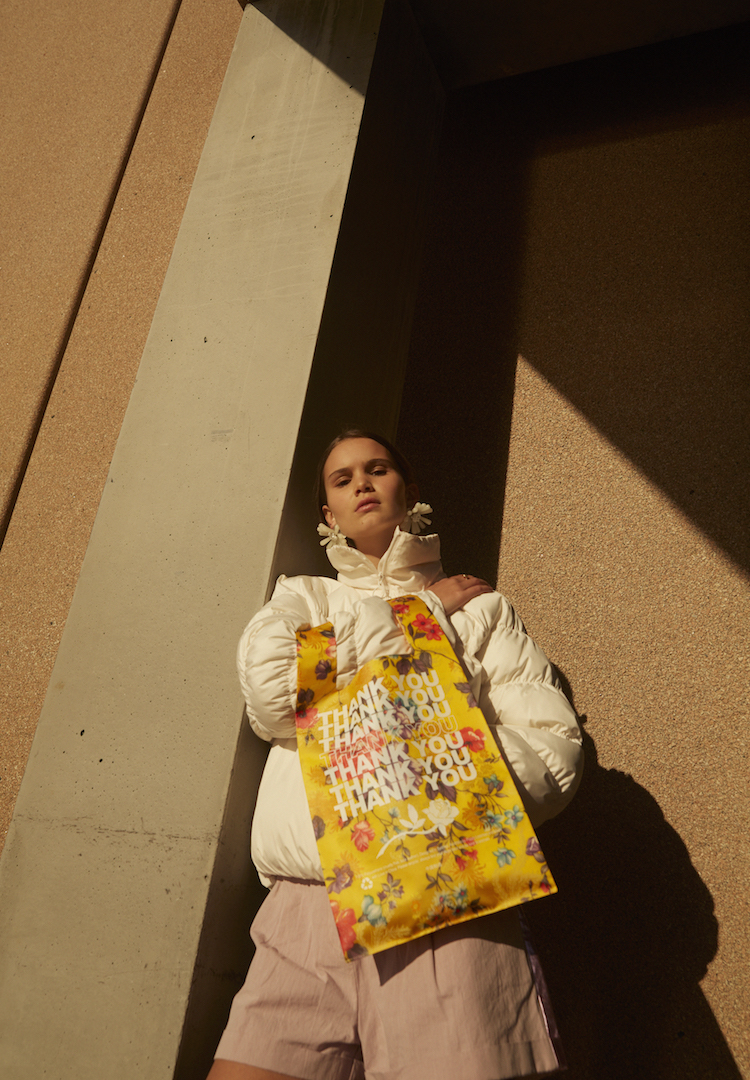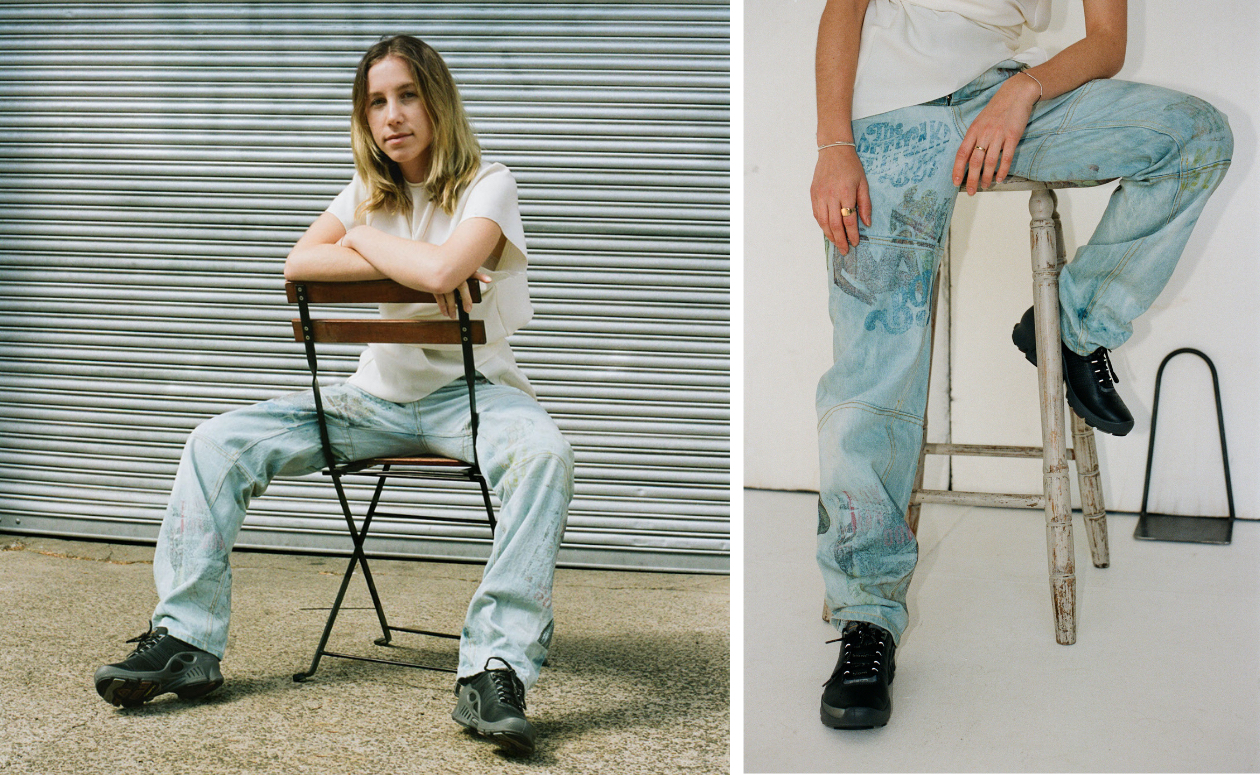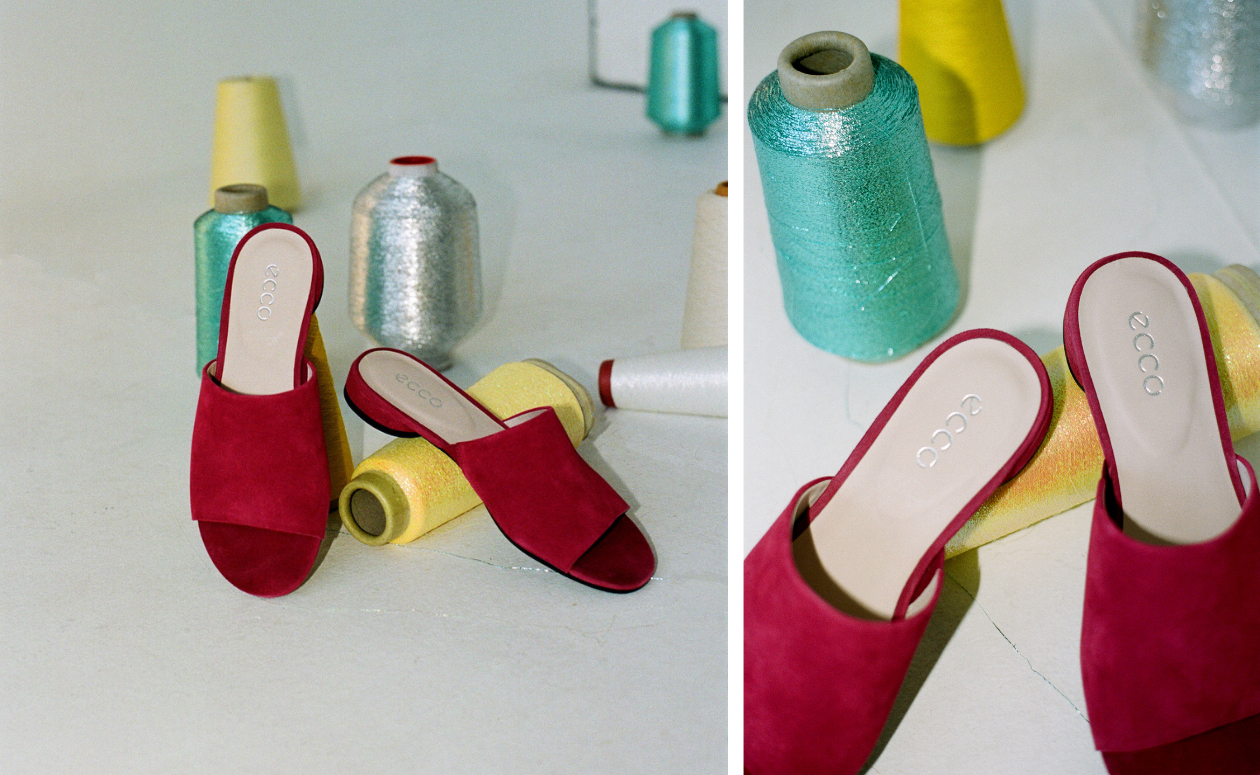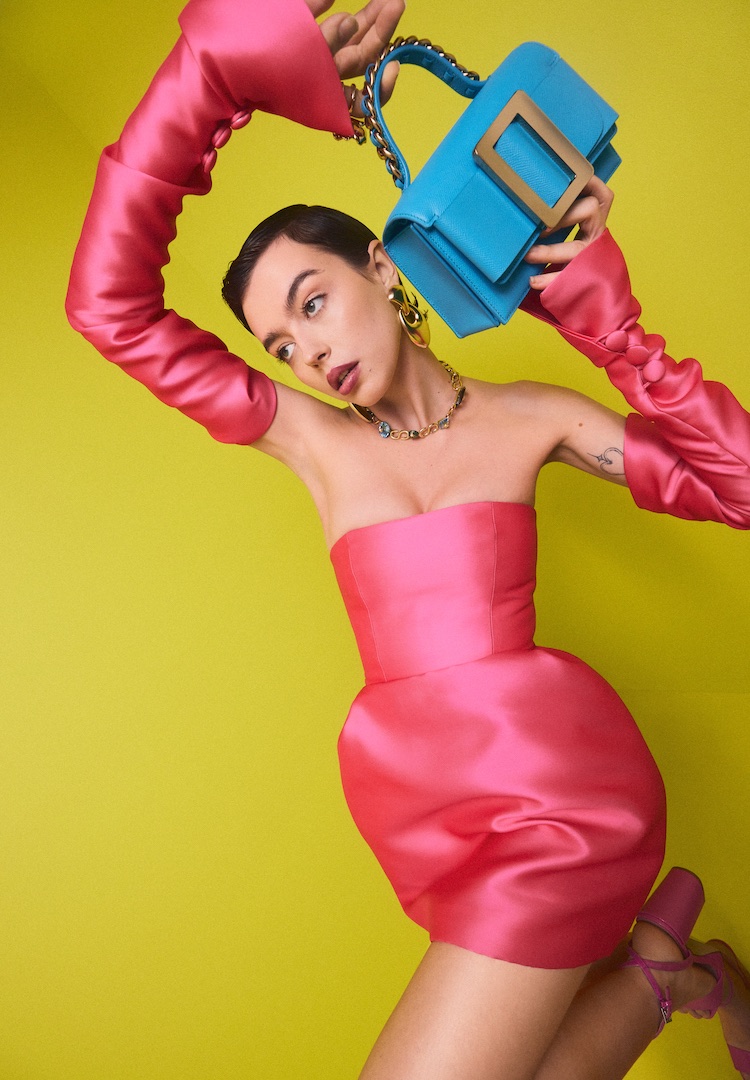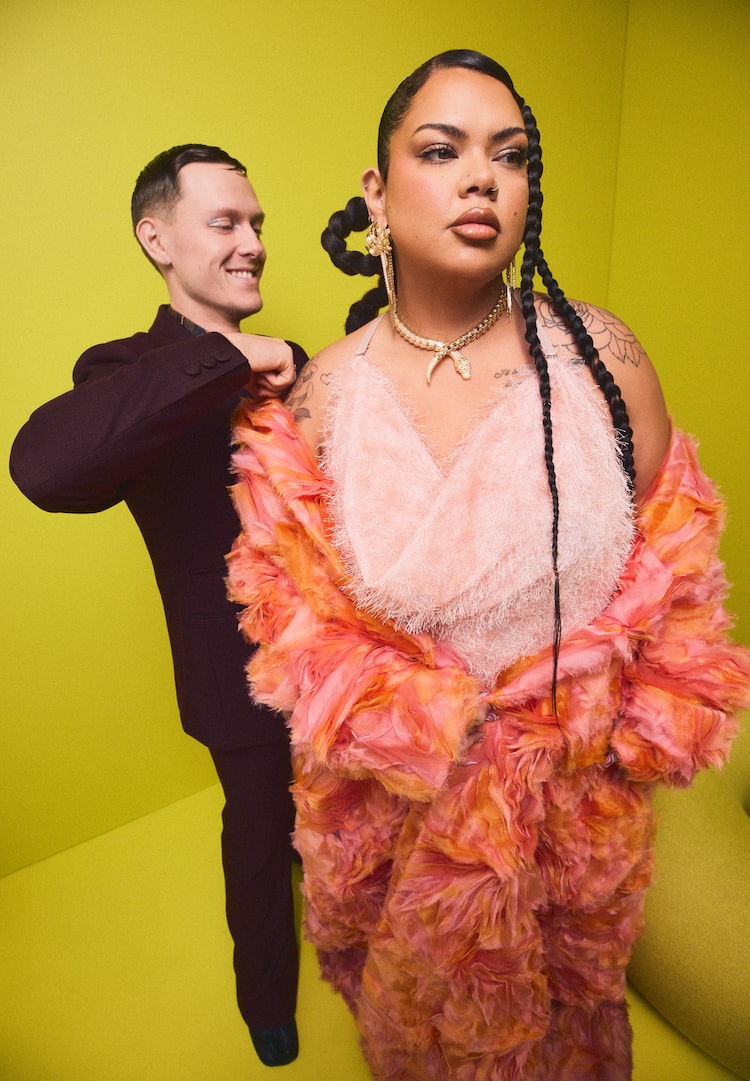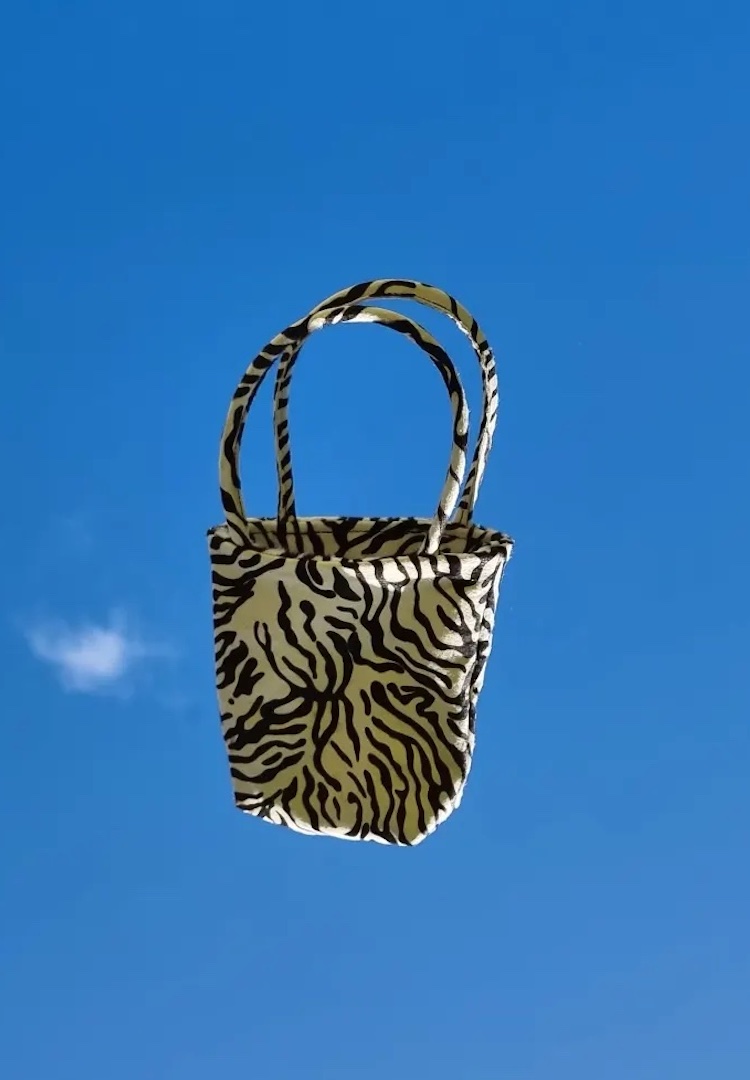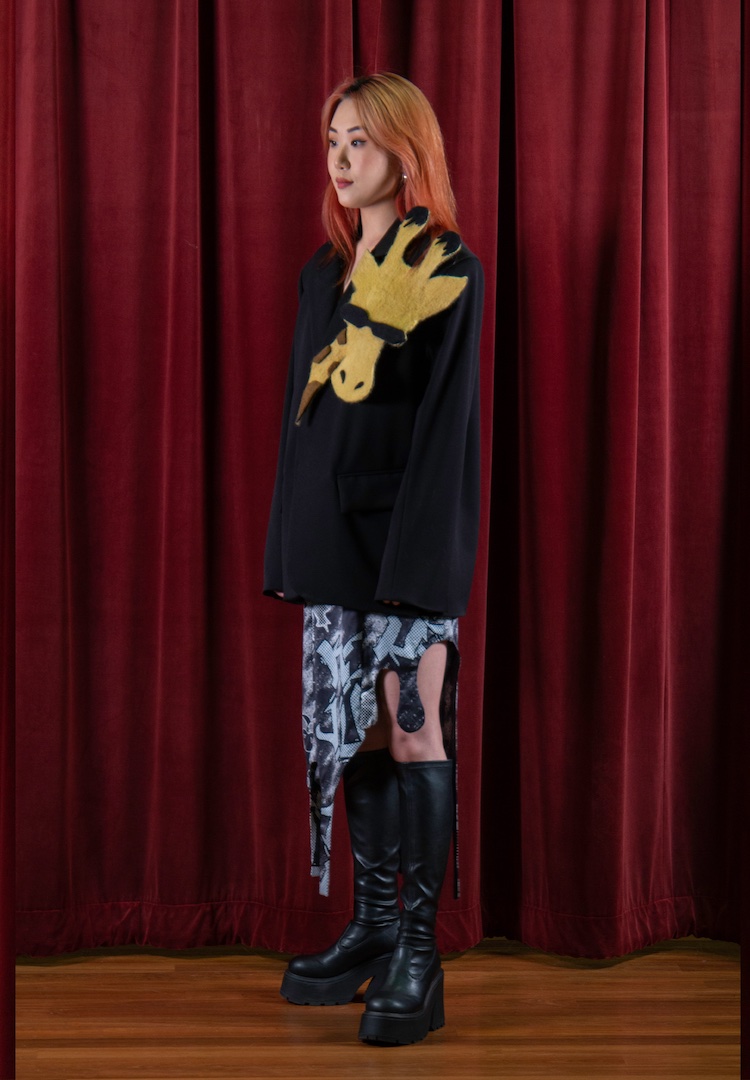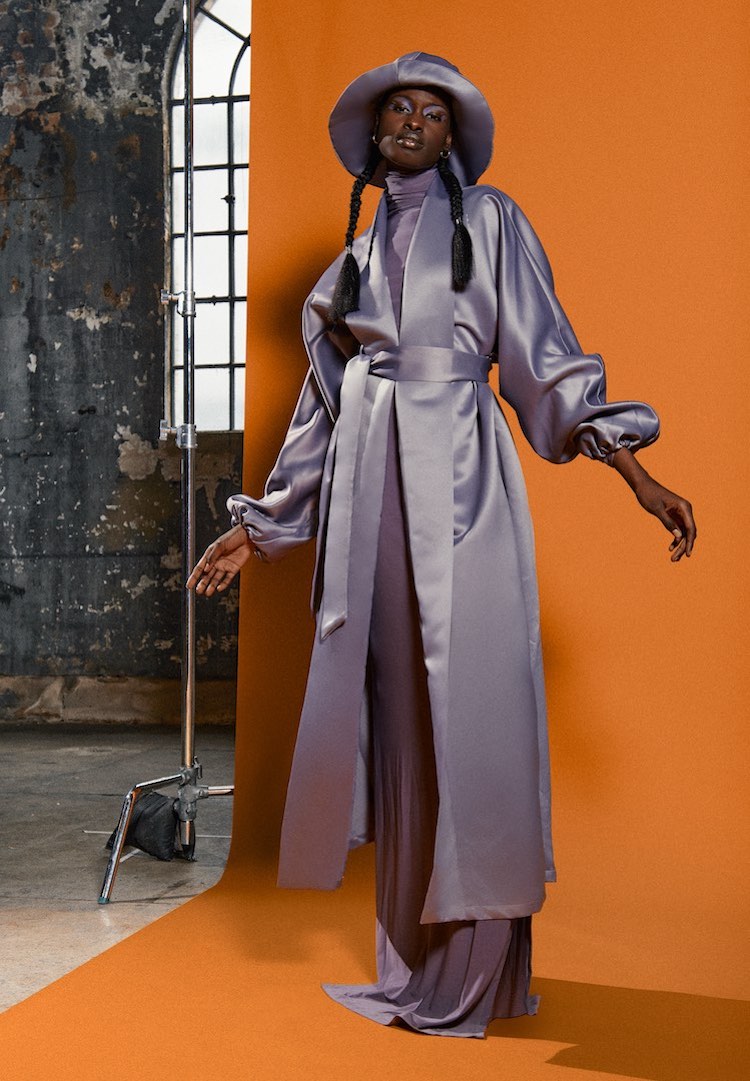The Australian fashion student using design to capture the life of her Alzheimer’s-suffering grandmother

PHOTOGRAPHER – KAITLYN BOSNJAK
PHOTOGRAPHER’S ASSISTANT – GEORGIA DUNCAN
WORDS BY ELIZA SHOLLY
IN PARTNERSHIP WITH ECCO SHOES
Three fashion students forecast the future of their industry and the importance of innovation.
Sometimes it takes a pandemic to encourage extreme innovation. As COVID-19 has enveloped our lives over the past few months, weeks and days, plenty has changed. Everything from our toilet paper consumption to the way we dress has begun to inform what the world may look like at the end of this.
It’s no secret that the future of design requires radical thinking. Special attention must be paid to mindfulness at every stage, with considerations paid to quality materials, ethical production, longevity, durability and wearability. It calls for a merging of timelessness and innovation, paired with new ideas and of course, fresh talent. These are the principles that govern ECCO shoes, a heritage brand known for creating high quality footwear.
Universities are a great place to start when considering the future of any industry. Within fashion, the unbridled creativity and macro thinking of students can grant insight into what the future of our clothing may hold. As in-person classes have been cancelled, workshops vacated and students forced to sew from home, many have wondered what the future may hold for a subject so tactile and tangible.
Across this new series, we meet Eve Gibney, Samantha Klein and Andriana Fu – two current fashion students and a recent graduate who have been forced to pivot and innovate through their designs. In collaboration with ECCO, we asked them to integrate their own designs with their post-pandemic personal style. Here is how they’re processing their lives now, intertwined with some other rather insightful musings.
Introducing Samantha
Clothing holds the shape and form of a person and acts as a memory trigger. It’s nostalgic that way, ensuring historical fragments are not lost to the passage of time. For Samantha Klein, fashion works as an emotional attempt to capture the life of her Alzheimer’s-suffering grandmother, and hold onto memories and milestones that may otherwise be forgotten.
Could you tell me a little bit about your design aesthetic?
I’m a super textile-driven designer, with abstract prints and lots of knitwear. I try to work with a quite a contemporary feel in mind, using lots of mixed mediums. There are a lot of techniques happening at the same time.
When you use three-dimensional media, how do you approach the idea of having both aesthetic appeal and being commercial?
I think because I’m at university, I’m taking advantage of being as experimental as possible. I like going all out, then drawing back a little more. Trying to do the most with techniques that can be used in a more commercial way, as well.
In all of my pieces that I’m working on right now, I think it’s the styling that makes it more impactful. If you simplify each element and take them apart, they’re more marketable. You layer all these different pieces on top of each other, resulting in something that looks super textured and artistic. But if you pull them apart, each piece is simplified on its own.
How do you integrate innovation?
Well this is quite topical, isn’t it? When we did the first six months of this year in isolation, we had to figure out ways we could do things without access to any facilities. There was a lot of emphasis on working with what we had, and creating new ways of doing things. Right now, I’m innovating with domestic knitting, and different techniques of knitwear to create pieces that aren’t just going to have a two-dimensional effect. Creating three dimensions through movement and body, regardless of the garment.
My machine is from the 1960s and the instruction book is falling apart, so I’ve been using online resources a lot. I think that’s what I’ve had the most fun with: innovating with an old technique. There are different ways of experimenting fabric to give it a contemporary aesthetic, which I have enjoyed playing with.
Where do you seek inspiration?
I love looking at old things. This collection I’m doing now, a lot of the inspiration was sourced from old photographs, and old keepsakes and treasures that we have and hold onto. Even going hunting at Vinnies to find beautiful little things. And of course, film, music, books and other nostalgias from the past.
My graduate collection is inspired by the fragility of memory and draws from my grandmother’s life, as she has been living with Alzheimer’s for five years. Clothing can hold the shape and memory of a person, acting as memory triggers. My work is trying to hold the shapes of these forgotten memories and times by creating movement without the body.
Do you think you’re an old soul?
I’m definitely an old soul in a new world. I don’t focus on the old though, I take old inspirations and redo them into very modern ideas. I work a lot on the computer as well, with printmaking, so I guess it’s taking all these old things and figuring out how to make them look new. That’s sort of how I approached this shoot as well.
How have you seen your work evolve since you began?
I guess it’s just been about figuring out where my strengths are, and progressing that each year. As time has gone on, I’ve begun to learn about and work with new mediums. That has been really interesting, being able to expand my design practices that way.
Where do you source feedback?
I guess I try to source feedback from everyone. They always tell you at university “Don’t ask your mum” but truthfully. I really value her opinion because she’s an artist and architect herself. But that’s what I have found so difficult with the Zoom classes; you couldn’t show your friends or peers your work. You’re very much on your own. I think that was a real learning curve. In saying that, if you consistently second guess yourself, you’re just adding more work. I trust what I’m doing.

